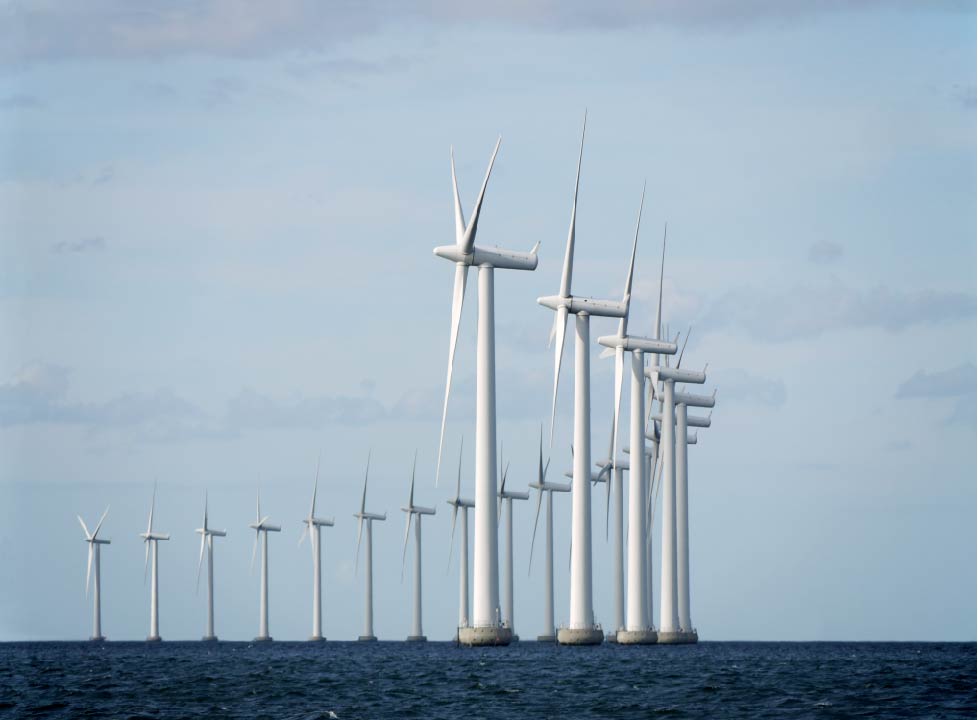
One of the first lifetime extension concepts for offshore wind turbines
We are happy to announce that our Demonstration of Lifetime Extension Concept project has been awarded EUDP funding.
At R&D, we strive to develop new and more efficient solutions for the wind industry, continuously working towards a greener future. Therefore, we are happy to announce that our Demonstration of Lifetime Extension Concept project has been awarded EUDP funding.
Together with HOFOR, we are going to develop and test a method for extending the lifetime of existing offshore wind turbines. When the first offshore wind farms were constructed, the target design life for the turbines was about 20 years. Those initial wind farms are closing in on 20 years. It is therefore necessary to look into their conditions and if the original design assumptions were conservative, meaning that the lifetime potentially can be extended.
Jan Kauffmann, Director of Finance and Business at HOFOR says, 'Denmark is increasingly investing in offshore wind farms. But we know they have a limited lifespan of about 25 years. If we can develop a good model for how offshore wind turbines can be extended, perhaps even double their lifespan, it will be a really good contribution to the green transition. The CO2 that is emitted in connection with wind turbines is primarily in connection with their manufacturing and erection. Hence, by reusing and refurbishing as well as extending the service life, we can bring CO2 emissions from offshore wind turbines even further down.'
This pilot project will be carried out on one of the turbines at ‘Middelgrunden’ off the coast of Copenhagen. It is a highly relevant project as it can contribute to future-proof the Danish offshore wind farms. Therefore, the Danish Energy Agency has chosen to contribute financially with funds from EUDP - the Energy Technology Development and Demonstration Program.
We are now starting to investigate how worn out the existing tower and foundation is and to what extent we can reuse the existing parts, possibly with repair of damages.
In recent years, the wind energy sector has seen a huge growth in Europe, China and the US. Wind energy now stands for 59.2% of all renewable energy in Europe and it is a share that will grow in the coming years. The offshore wind energy sector is almost 30 years old and there are currently installed, or planned to be installed, offshore wind turbines in 51 countries globally. Therefore, lifetime extension of offshore windfarm will only become more relevant in the future.
The wind energy sector stands for
